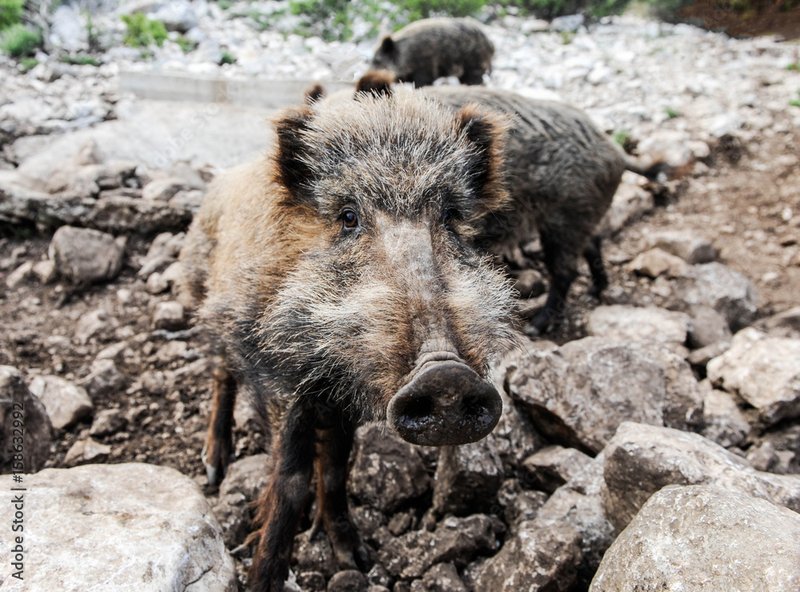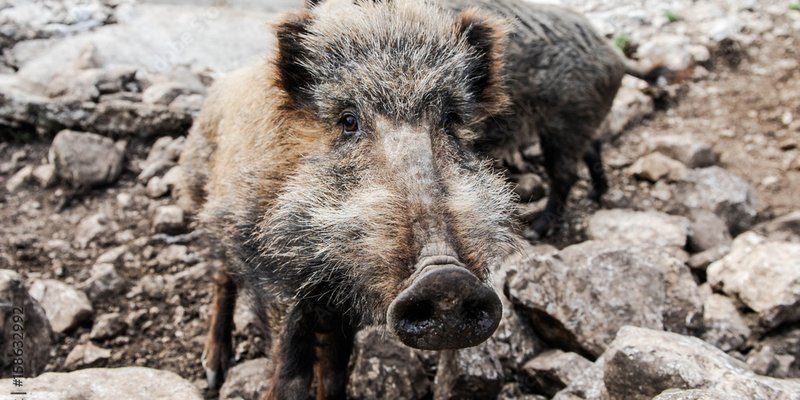
So, what makes the Visayan warty pig special? Well, it’s not just about their appearance; it’s their adaptability that truly stands out. Like a seasoned backpacker navigating through the wilderness, they utilize a mix of physical traits and behaviors to make the most of their challenging surroundings. Let’s take a closer look at how these fascinating animals manage to survive against the odds.
Adaptations to Harsh Environments
When we talk about survival, *adaptations* are key. The Visayan warty pig has developed several unique traits to help it thrive in its natural habitat. For starters, their dense fur provides insulation from the elements. This is crucial for staying warm during cool nights or when wet weather rolls in. Their warty lumps, which you might think are just for show, actually serve a purpose: they help protect the pig during fights or confrontations, which are all too common in the wild.
Their short legs and sturdy body shape enable them to navigate through thick underbrush where other animals might struggle. It’s like they were designed for rough terrain, allowing them to scratch around for food without getting stuck. Plus, their keen sense of smell helps them locate food sources, even in challenging conditions. This nose knows how to sniff out roots, fruits, and even the occasional insect snack!
Diet and Foraging Strategies
You might wonder how a warty pig finds enough to eat when the going gets tough. Here’s the thing: their diet is pretty flexible! Visayan warty pigs are omnivores, which means they enjoy a mix of plants and animals. This adaptability makes it easier for them to survive when options are slim. They’ll munch on fruits, leaves, roots, and seeds but will happily hunt for small animals or insects if needed.
To forage effectively, these pigs use their sharp snouts to root through the soil and underbrush, uncovering hidden food sources. Picture them as little excavators, using their noses to dig up breakfast. This method not only feeds them but also helps aerate the soil, which benefits the ecosystem around them.
Social Behavior and Group Dynamics
Social structure plays a big role in how Visayan warty pigs survive. They often live in small family groups, which can provide safety in numbers. When they band together, they can look out for each other and increase their chances of spotting predators. Just like friends watching each other’s backs, these pigs communicate with squeals and grunts to stay connected.
Within their groups, they’ll establish a hierarchy, which helps reduce conflicts over resources. It’s a little like a family dinner, where some members take the lead while others enjoy the leftovers. This social behavior not only keeps the peace but also teaches younger pigs essential survival skills.
Habitat and Shelter Preferences
The Visayan warty pig is picky about its home. They prefer dense forests and scrublands where they can hide from danger and stay cool. Their choice of habitat isn’t just for comfort; it’s also a critical survival tactic. Thick vegetation offers protection from predators and harsh weather conditions, acting as nature’s very own shelter.
They often create nests made of grass and leaves, which provide extra warmth and safety for their young. You could say these nests are like cozy little piggy hotels, offering a secure spot for them to rest and raise their piglets. Even though their natural habitat is getting smaller due to human activity, these pigs are resourceful and find clever ways to adapt.
Threats and Conservation Efforts
Sadly, Visayan warty pigs face numerous threats that jeopardize their survival. Habitat loss due to deforestation and agricultural expansion is a major concern. When their homes disappear, these pigs struggle to find food and shelter. Additionally, hunting poses a serious threat, as they are often hunted for their meat and other reasons.
Conservation efforts are underway to protect these unique creatures and their habitats. Various organizations work to raise awareness and promote sustainable practices that can help restore their environment. Let’s face it; if we want Visayan warty pigs to continue thriving, it’s up to us to help create a balance between human activity and wildlife preservation.
The Visayan warty pig is a resilient survivor, thriving where many other animals would struggle. With their unique adaptations, diverse diet, and strong social structures, these pigs have found a way to navigate the challenges of their environment. However, the threats they face mean they need our help more than ever. By understanding their world and supporting conservation efforts, we can help ensure that these fascinating creatures continue to thrive for generations to come.
So next time you think about how animals adapt to their environments, remember the Visayan warty pig. They may look a bit different, but they embody the spirit of resilience—just like all creatures fighting to survive in a changing world.

